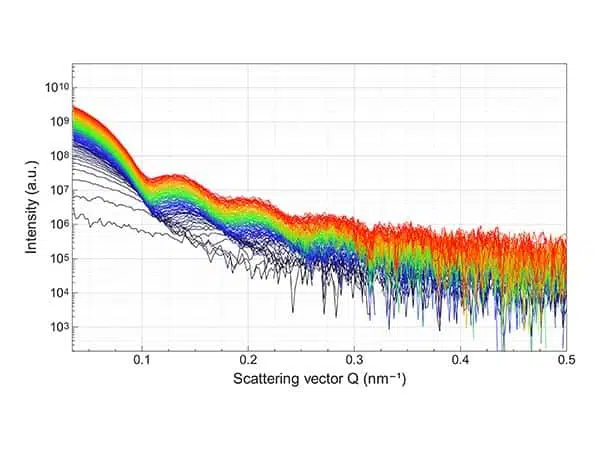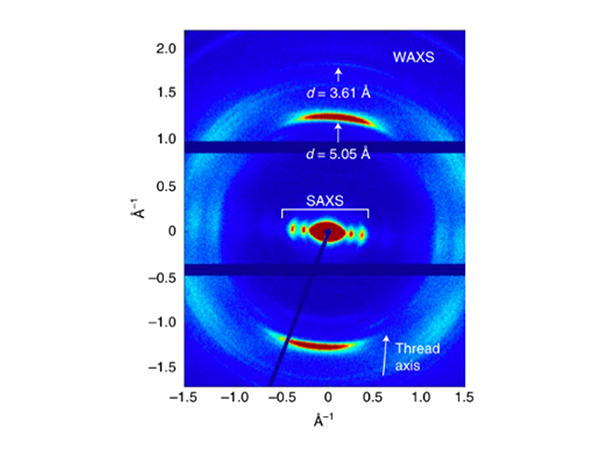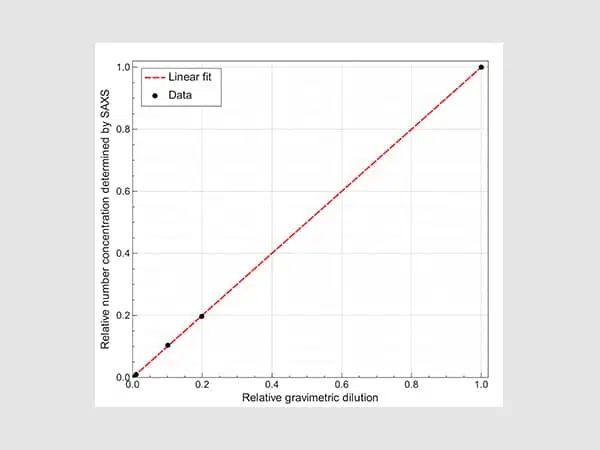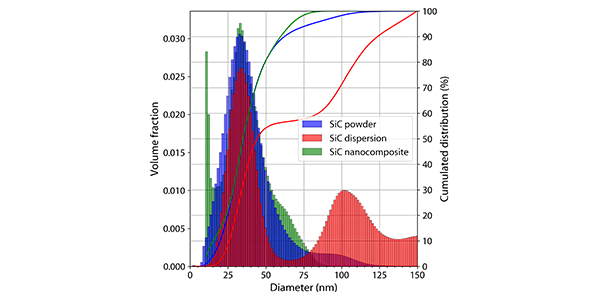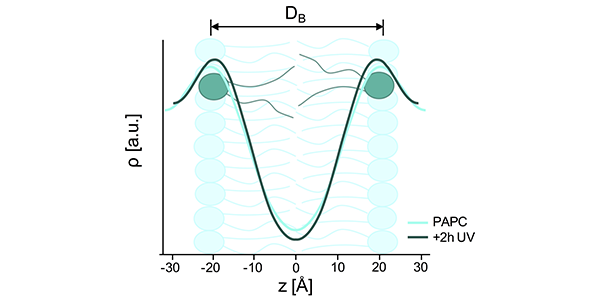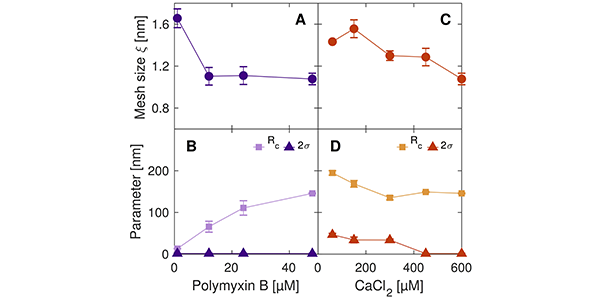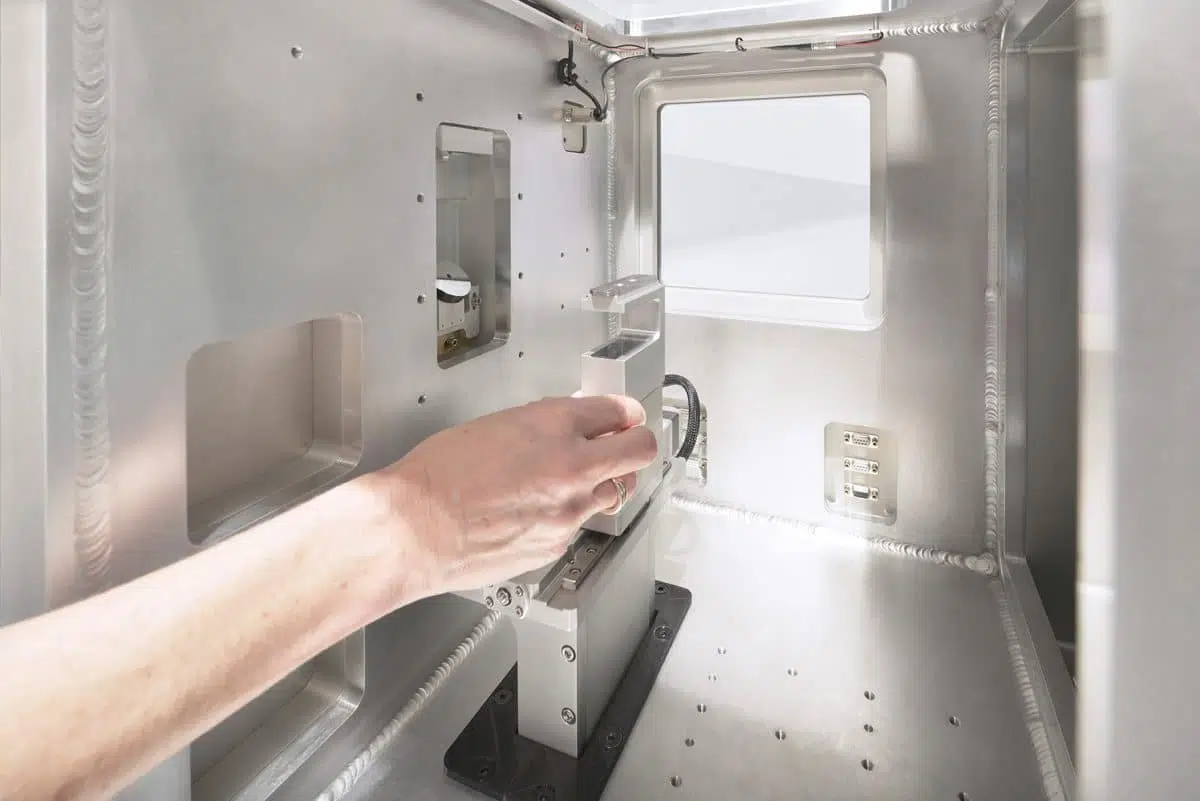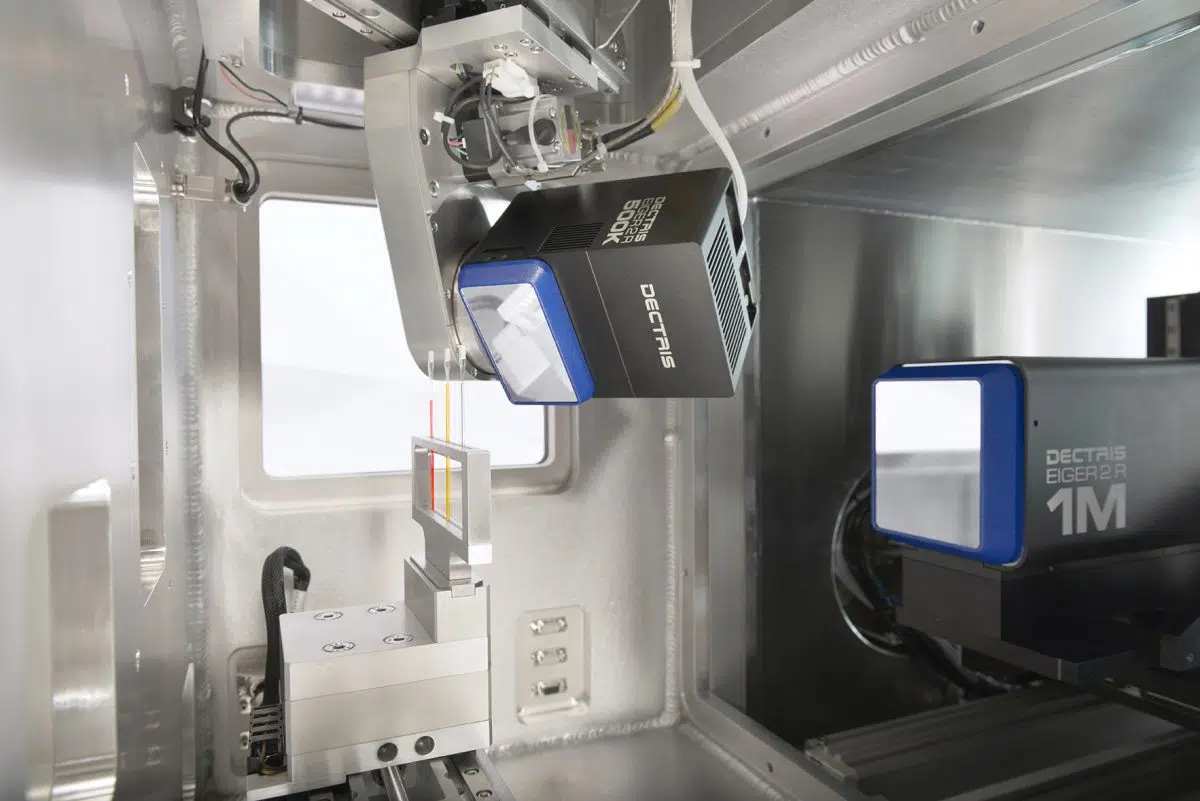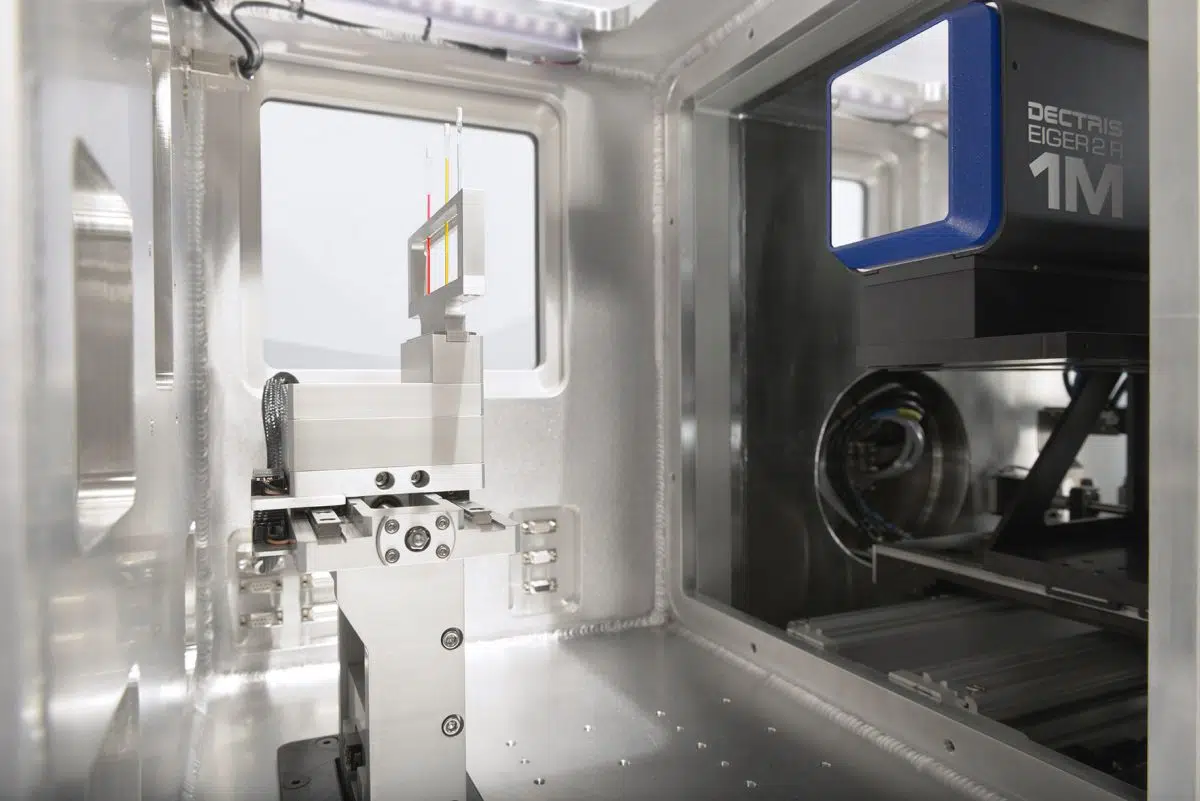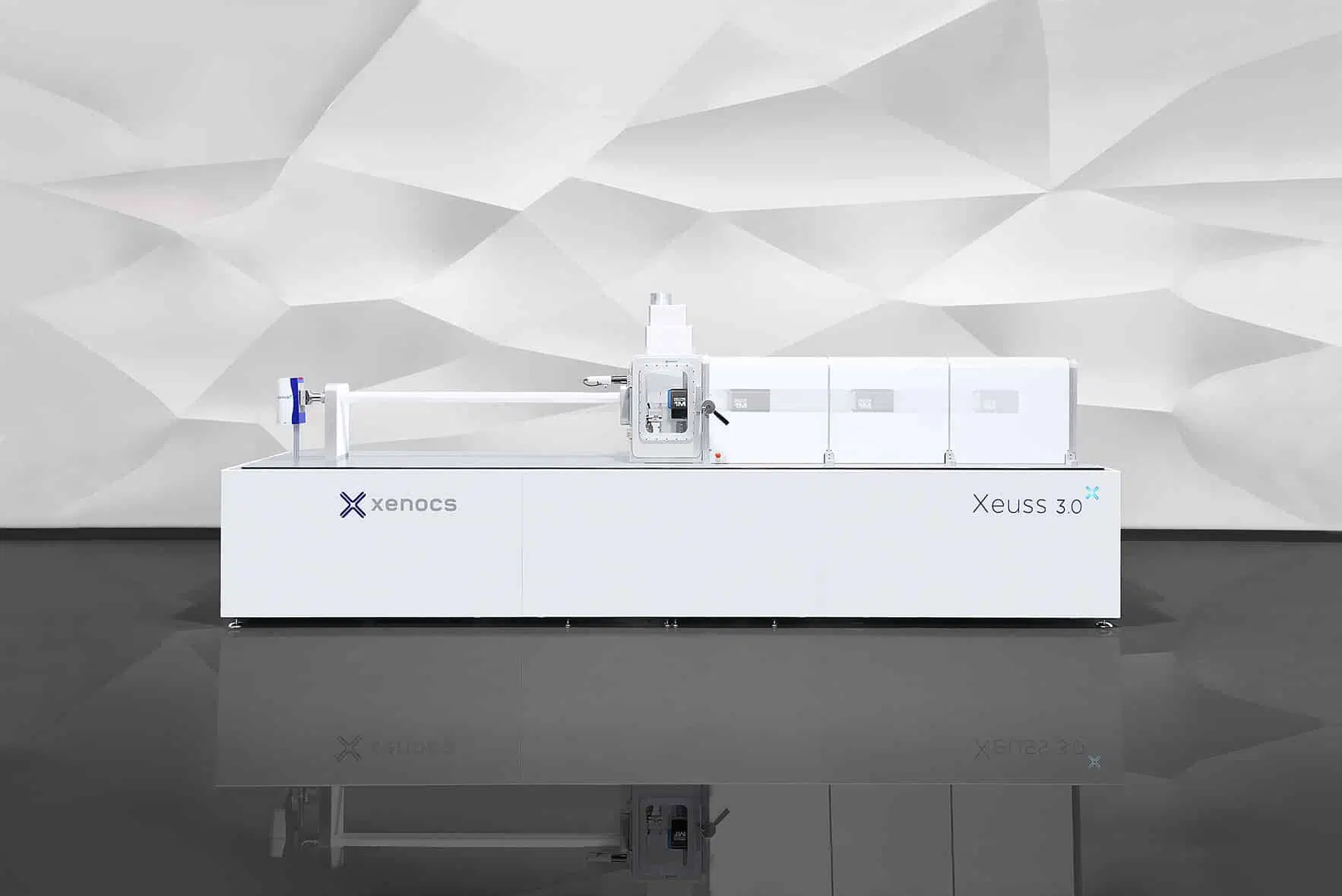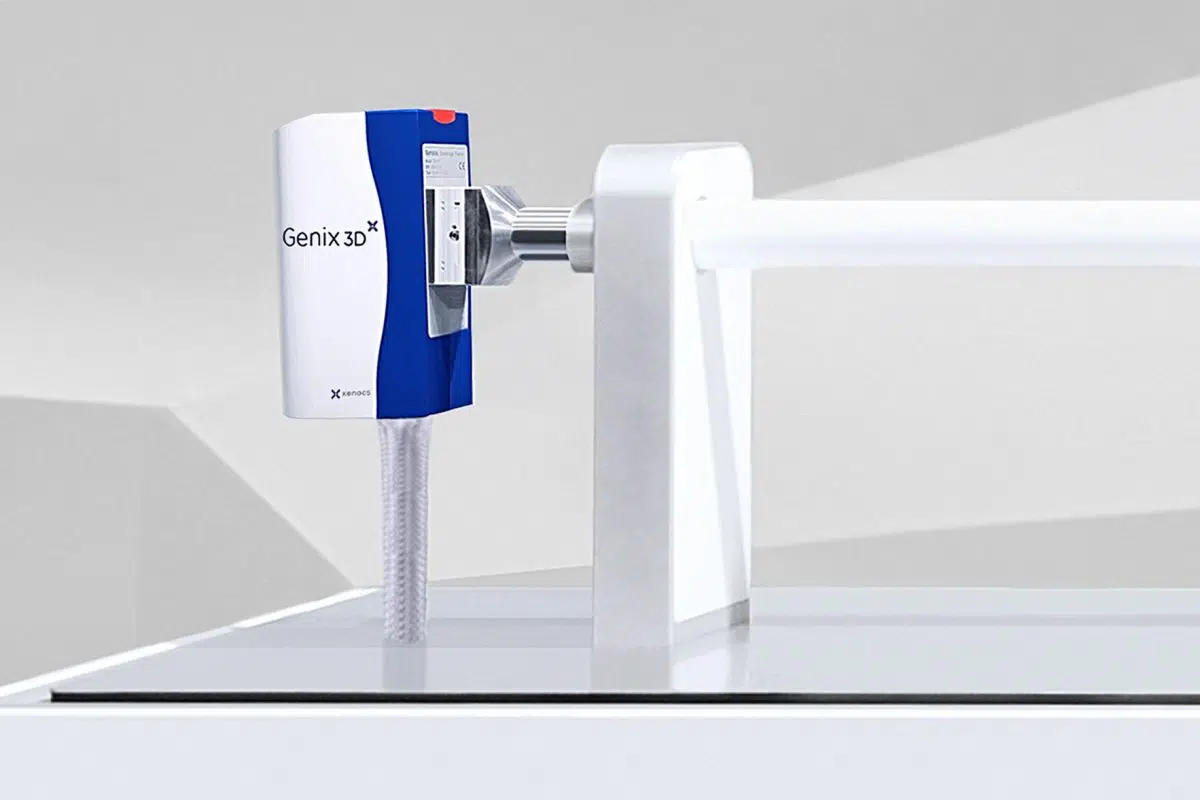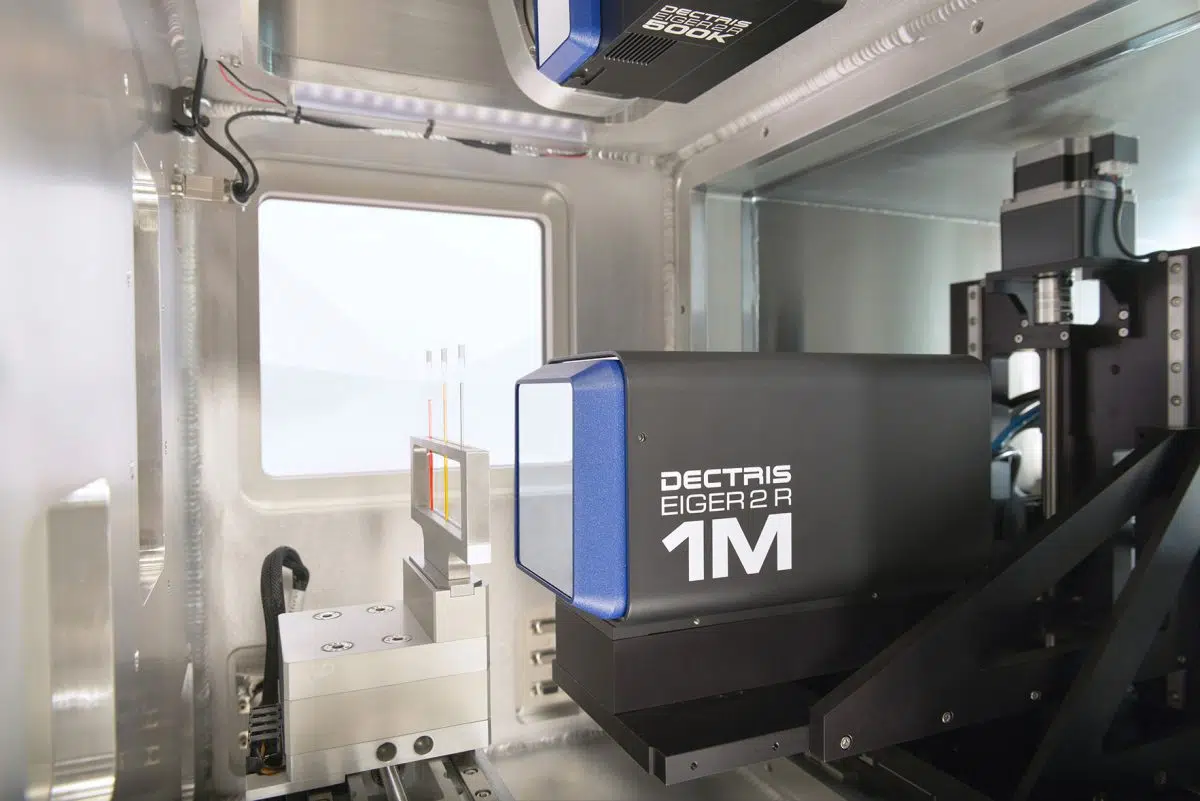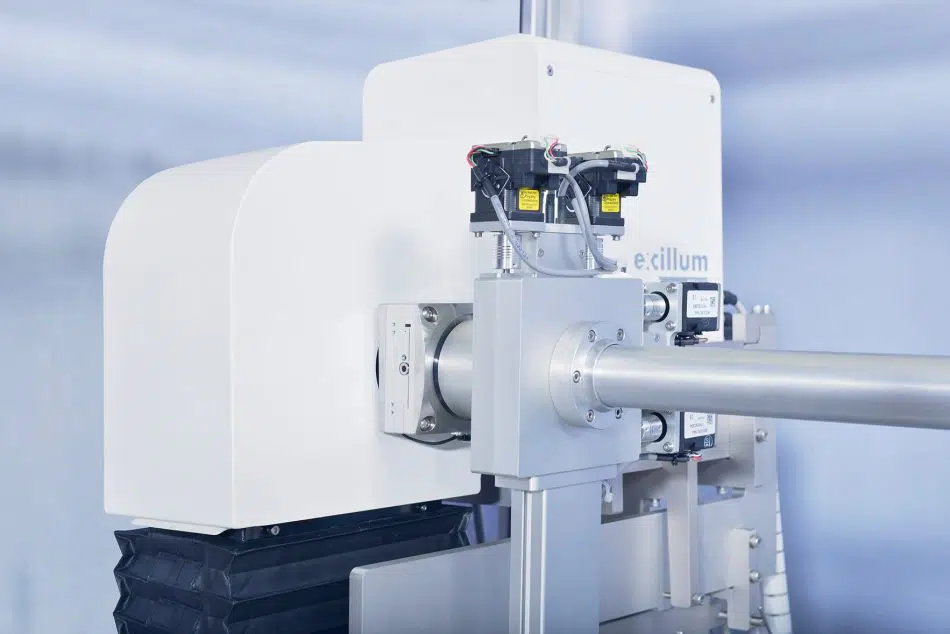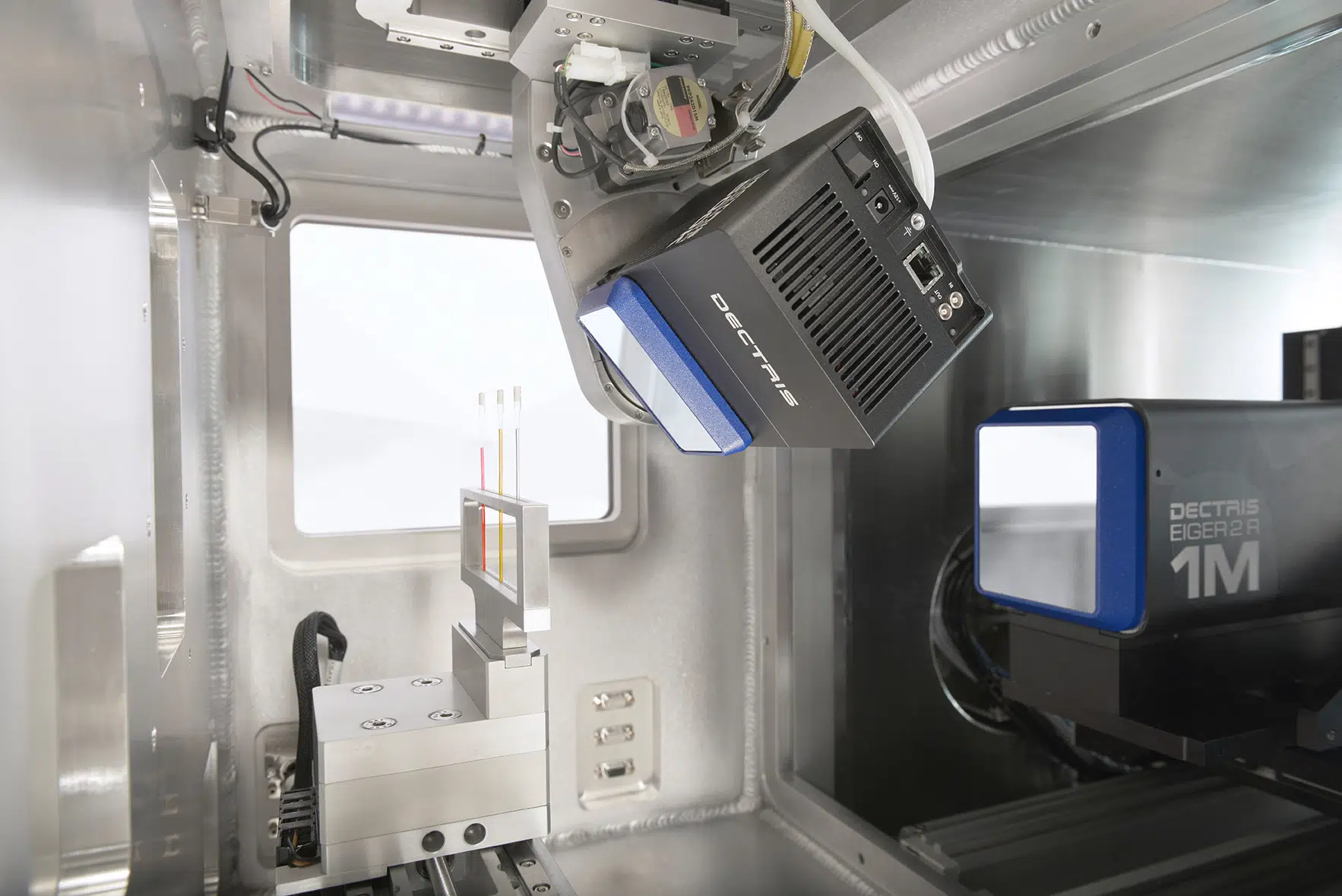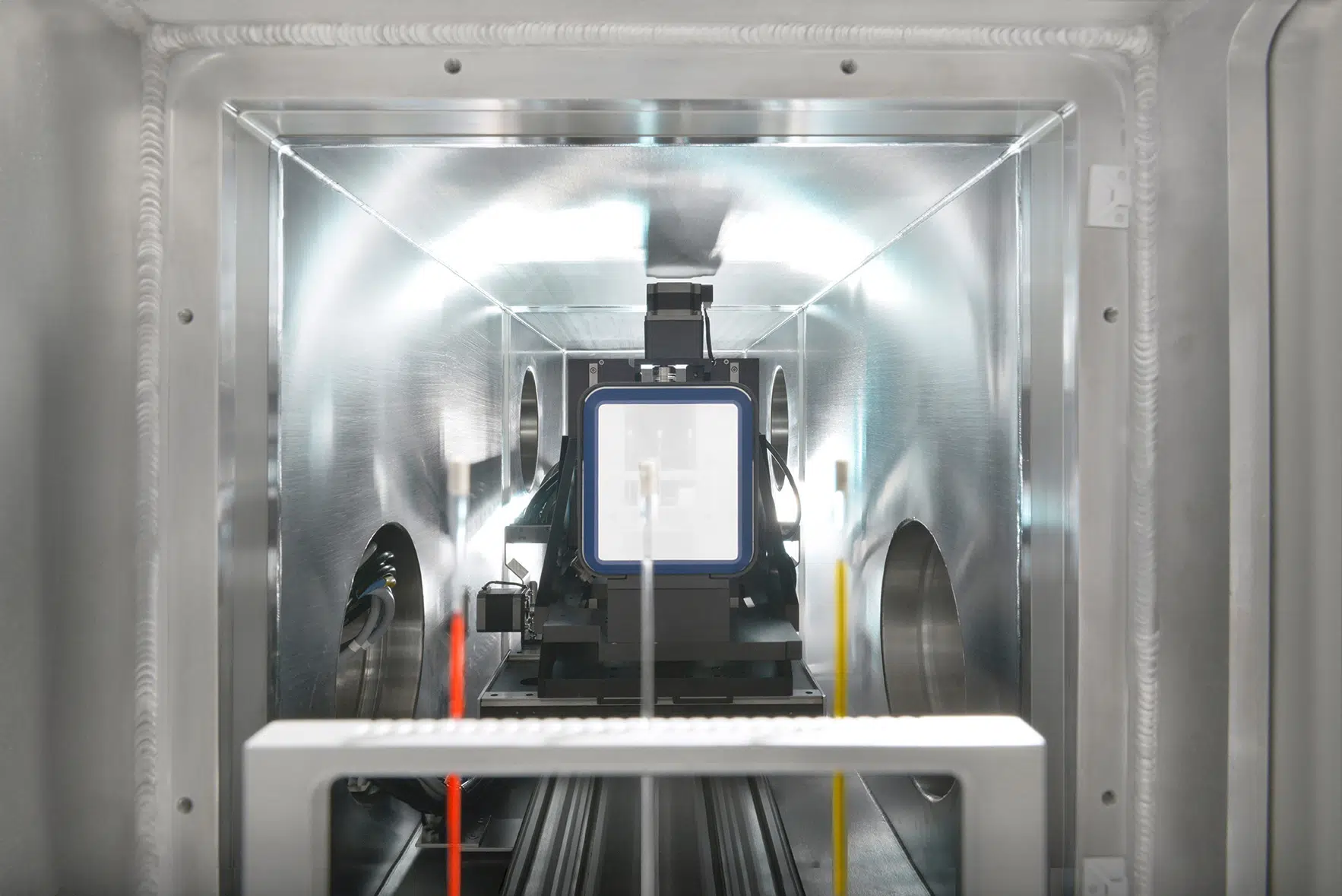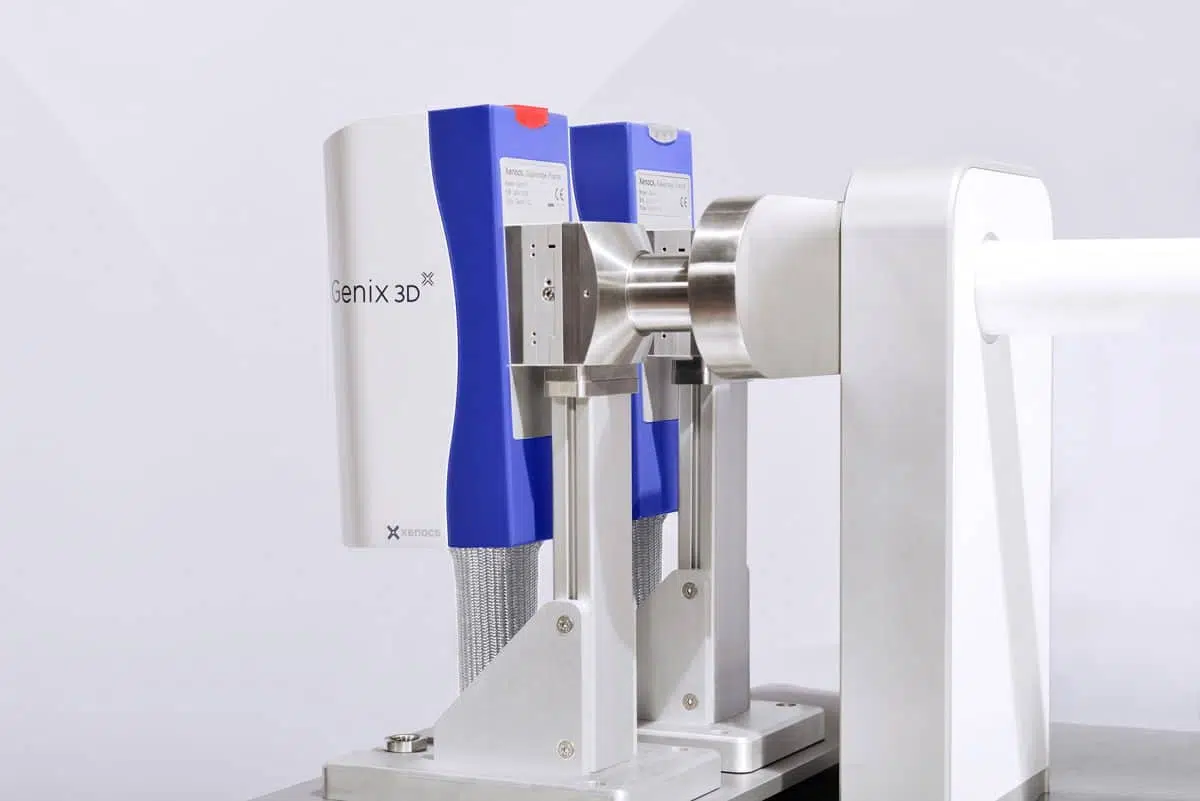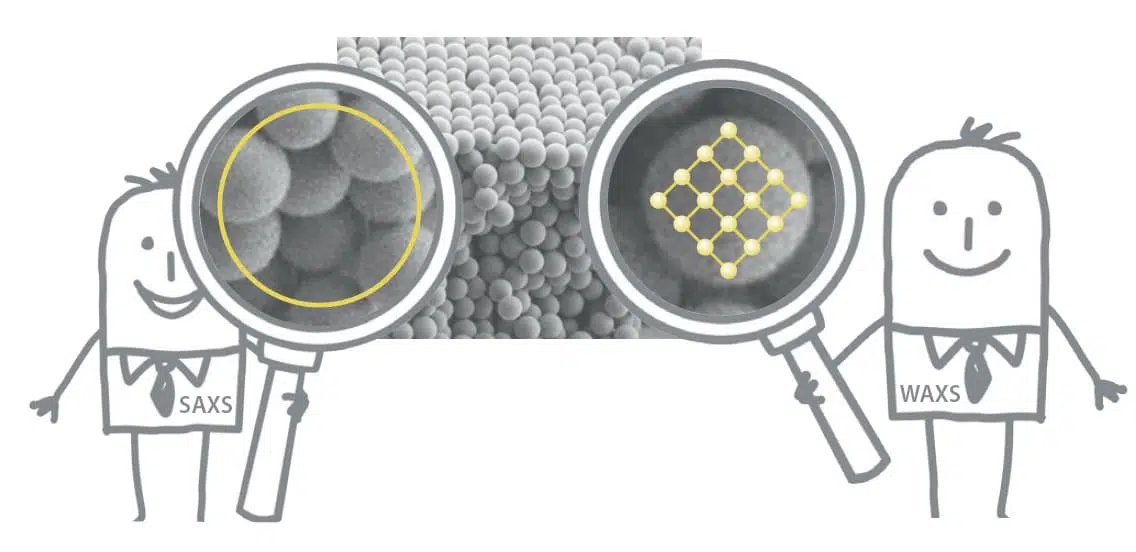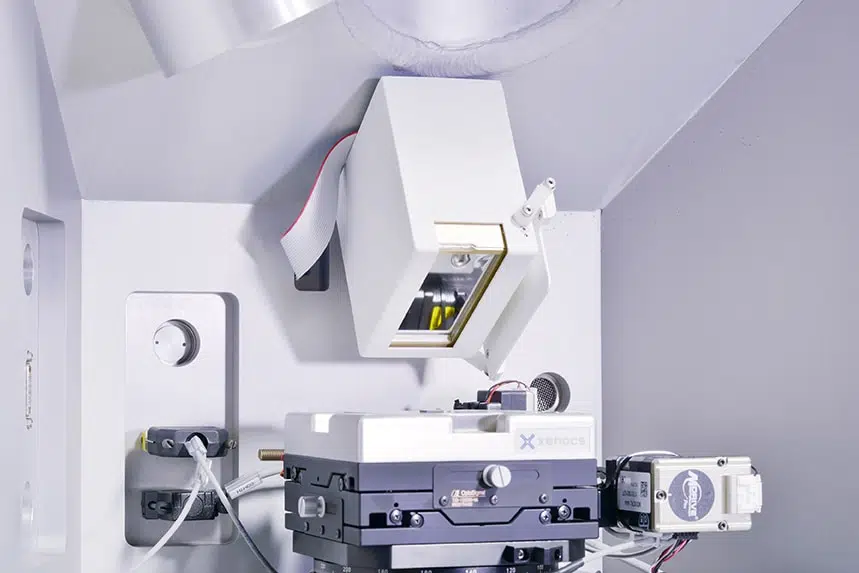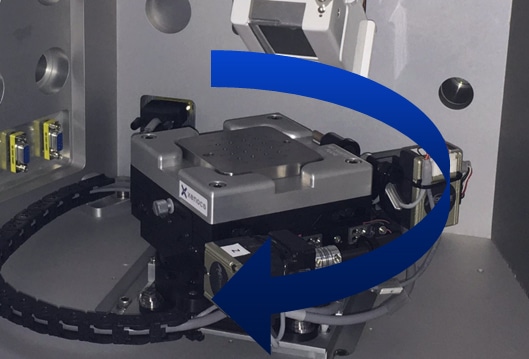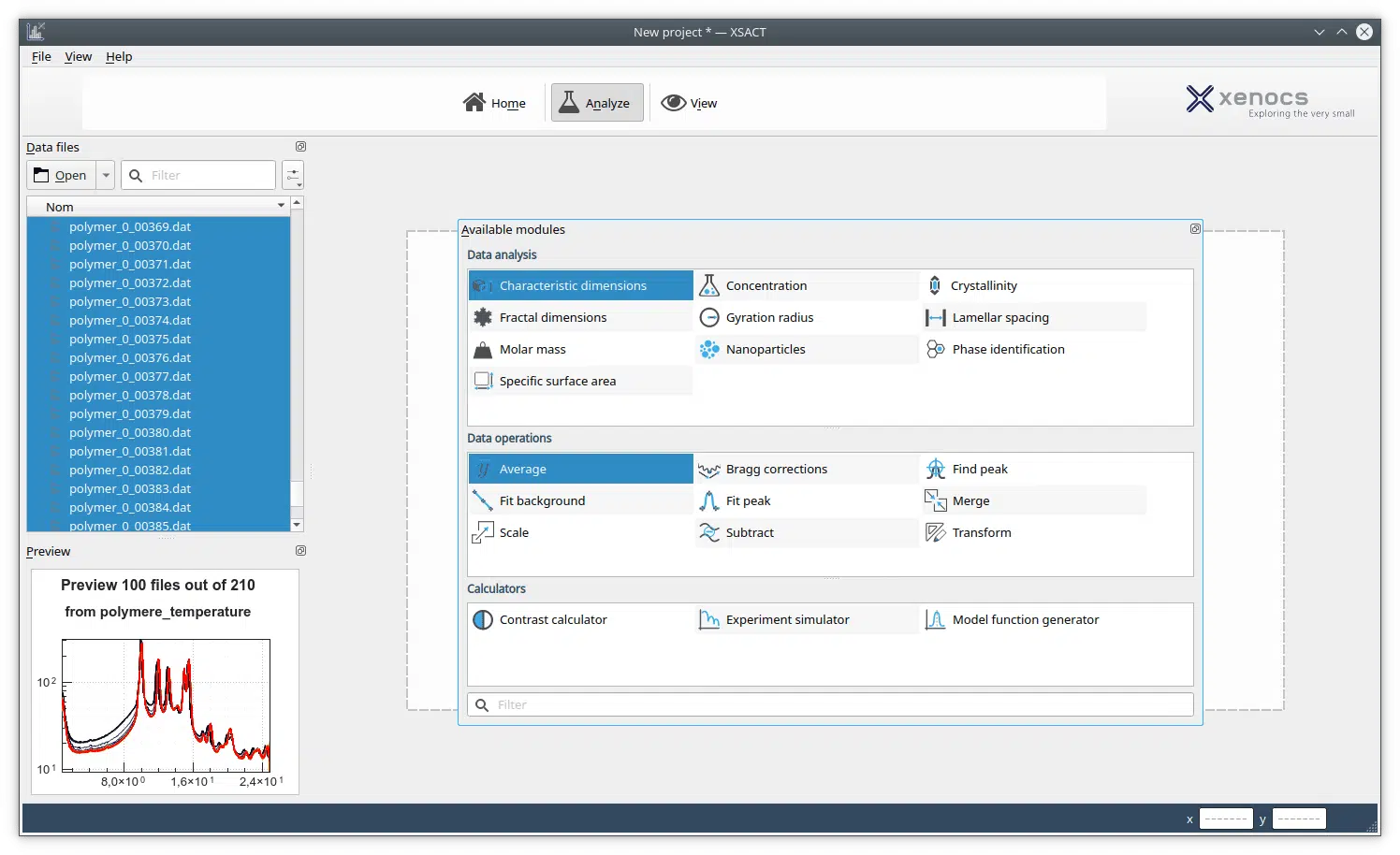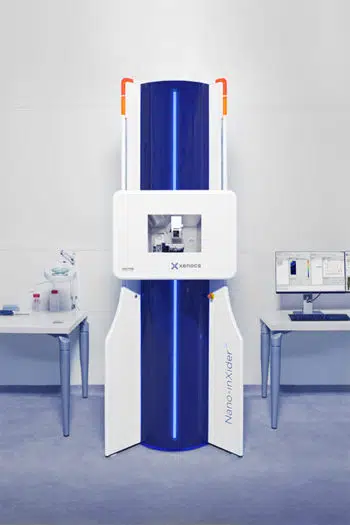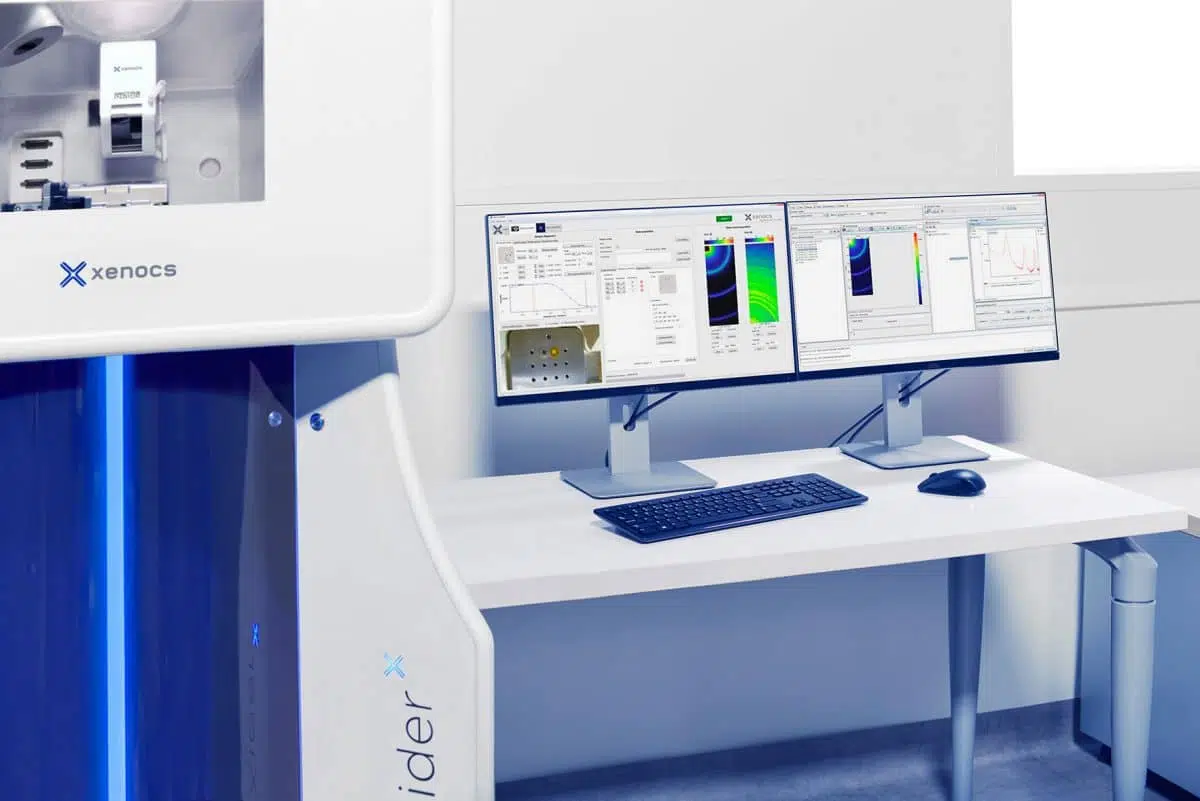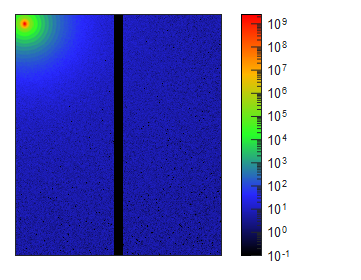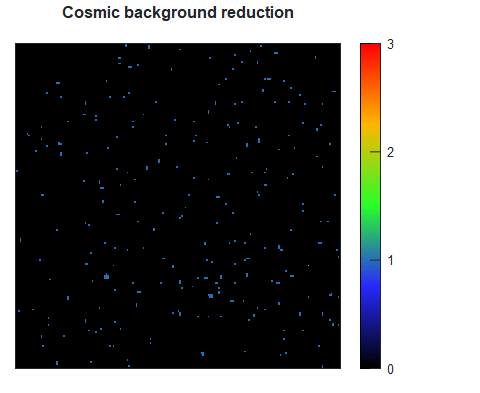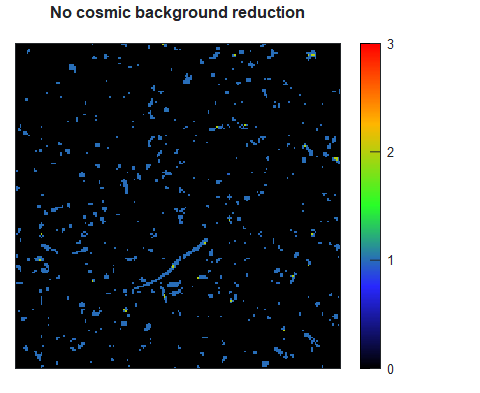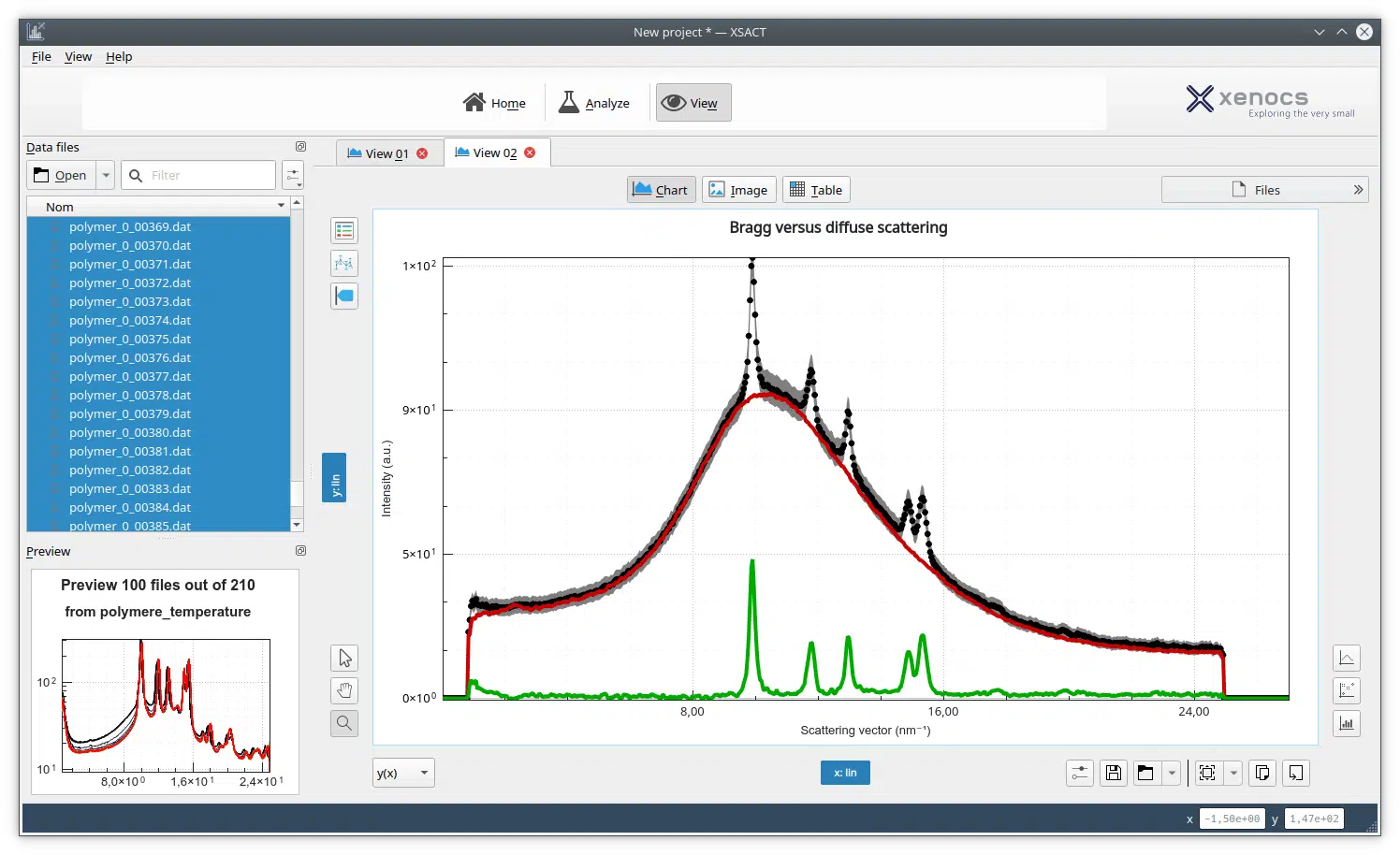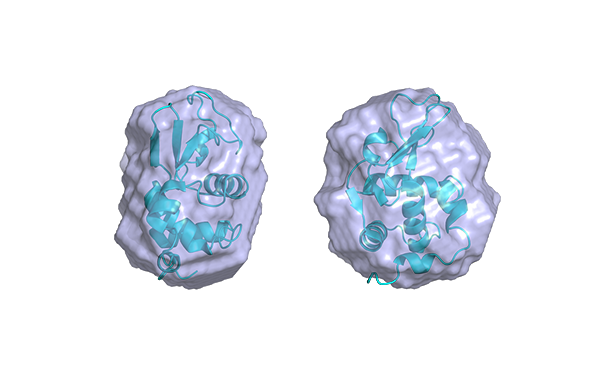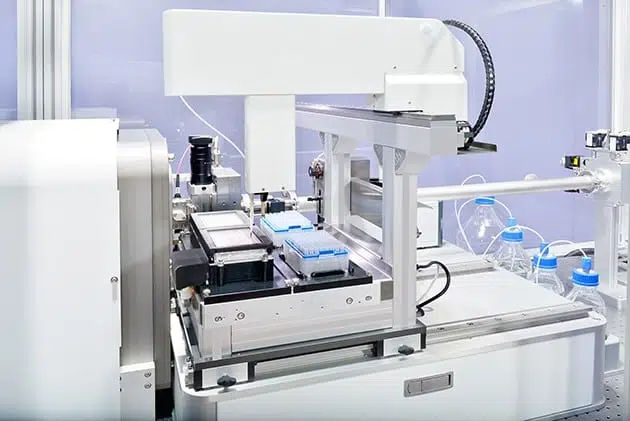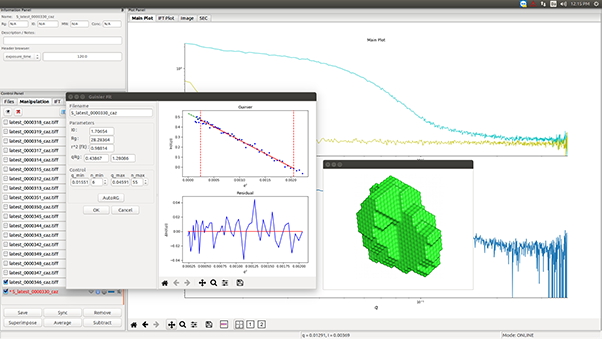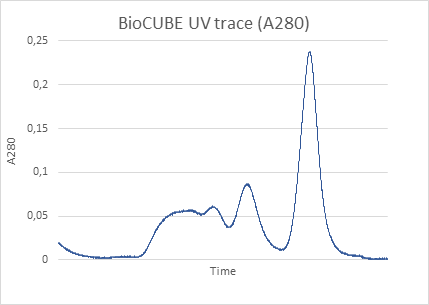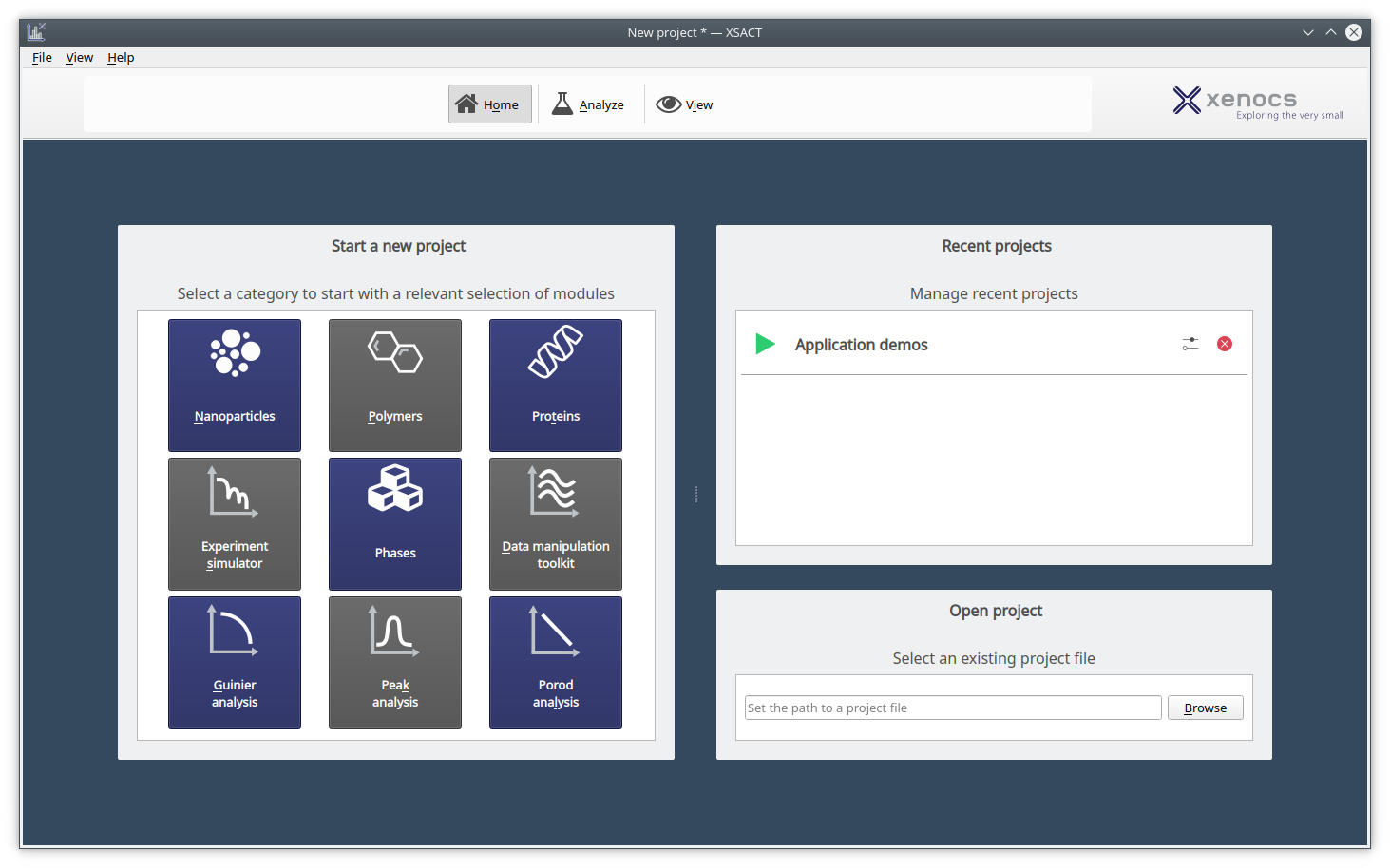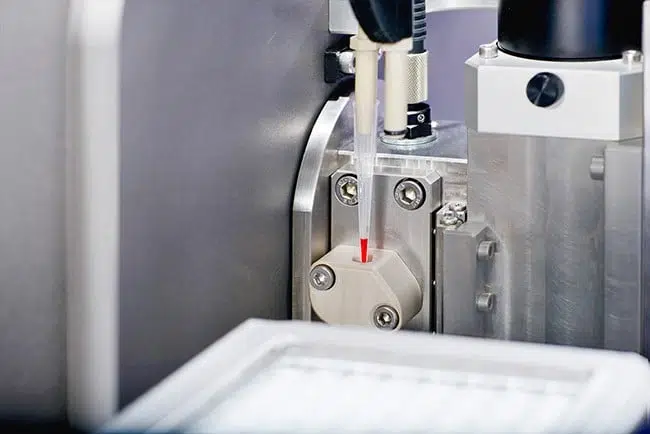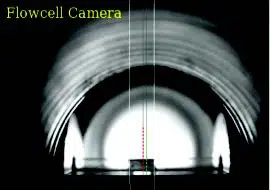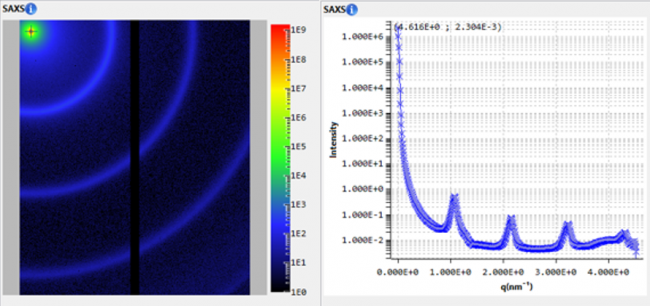Fast thermal studies of cocoa butter
Cocoa butter is a highly polymorphic compound exhibiting up to six crystalline forms of glycerides (fatty acids), each defined by different stability and melting point. In order to...
Batch data analysis of particle size temporal evolution studied with SAXS
Time-resolved Small Angle X-ray Scattering (SAXS) mesurements, performed during synthesis procedures or other chemical or physical reactions, have the potential to reveal valuable information which can...
APS March Meeting 2022
14-18 March, 2022. Xenocs is very pleased to attend the American Physical Society March Meeting 2022 from March 14 to 18, 2022 in Chicago, USA. Meet us at our booth #329!
ESRF User Meeting 2022
7-9 February, 2022. Xenocs is very pleased to attend the ESRF User Meeting 2022 from February 7 to 9, 2022. Meet us at our virtual booth!
Self-assembly – How SAXS/WAXS helps investigate nanoribbons formed with aramid amphiphiles for more stability
Hierarchical self-assembly of small molecules is a tried and tested method to obtain nanostructured materials. The intrinsic dynamics and (bio)degradability of these materials ...
Number concentrations for Gold Nanoparticles: robust and traceable measurements in the lab
SAXS laboratory instruments provide traceable number concentration measurements for nanoparticles. Nanoparticles (NPs) are an essential building block for ...
Join DTI Webinar: why you should use X-rays in formulation of biologics
On December 10, 2020, 15.00-16.00 (CET), the Danish Technological Institute together with BioPeople will host a webinar with renowned Xenocs customers titled “Why you should use X-rays in formulation of biologics”
Size distribution of nanoparticles: powders, dispersions and composites
Size distributions of industrial nanoparticles have been determined in various forms for quality assessment and process monitoring. Nanoparticles are being produced at an increasing rate and have become an essential building block for the development of new materials with improved properties. The performance of the final products depends not only…
Vesicles
Probing the effect of oxidation on model lipid bilayers The vital function of cells depends strongly on cell membranes which enclose cellular compartments and separate the cell interior from the extracellular domain. Oxidative stress for example damages the cell membrane and is at the origin of many pathological conditions such…
Microgels
Screening of stimuli-responsive colloidal particles Microgels are colloidal particles consisting of cross-linked 3-dimensional polymer networks. These particles have the ability to shrink or swell substantially in response to external stimuli such as temperature, pH, ionic strength and light, allowing triggered release of encapsulated bioactive molecules. They additionally protect these loaded…


